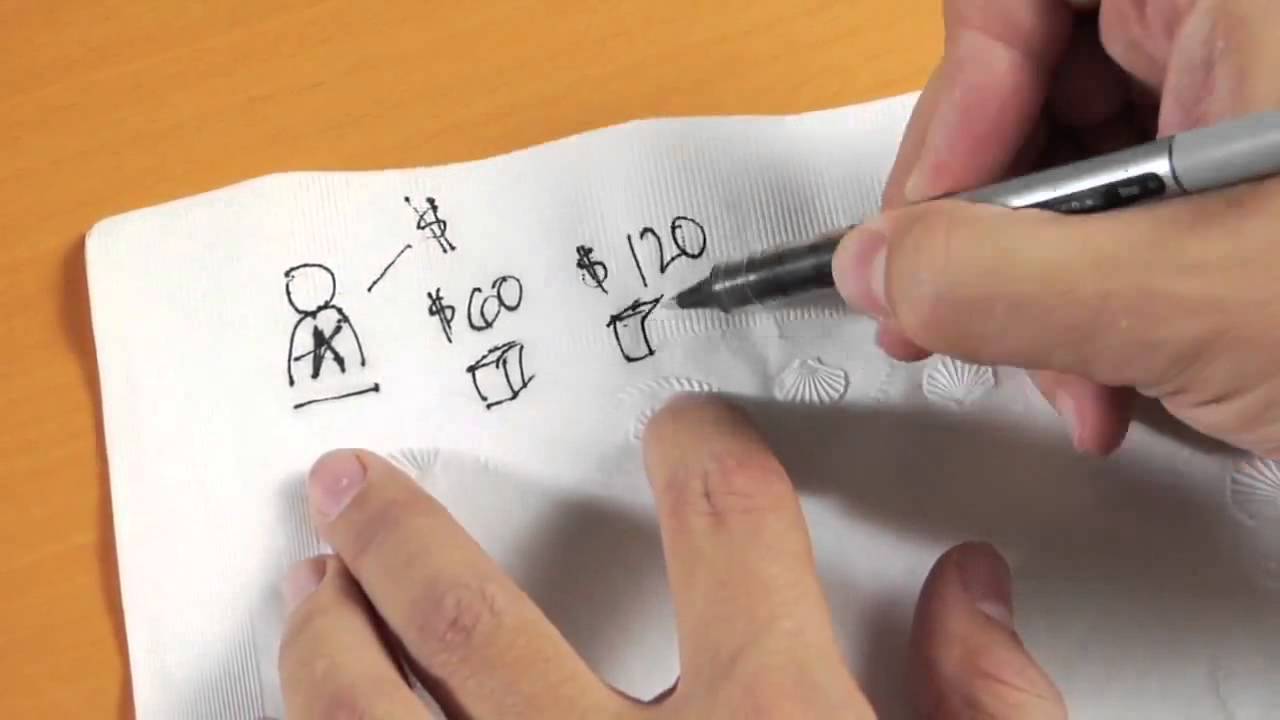 I was having lunch the other day with a major gift director, and I asked her how her major gift program was performing. She said, “I think it’s going great. Last week one of my MGOs solicited a gift for $100,000, and the donor said yes!”
I was having lunch the other day with a major gift director, and I asked her how her major gift program was performing. She said, “I think it’s going great. Last week one of my MGOs solicited a gift for $100,000, and the donor said yes!”
Huh?
I said back to her, “Well that’s great, but what’s your overall value attrition rate from the previous year?” She gave me a blank stare. “I have no idea,” she said. “Okay, how are you tracking on overall revenue this year compared to last year?” Again, she had no answer.
Then a couple of weeks ago, I was talking to an MGO and asked how his portfolio was performing. He said, “It’s going awesome. I had a donor who I thought was going to give $10,000 this year, and they ended up giving $50,000! Then I had another donor who surprised me with a $75,000 gift, and I didn’t even ask for the gift!” I replied, “Those are great stories, and congrats! But how are all the donors in your portfolio who gave last year doing this year?” Again, I heard a long pause. “Well I’m not sure. I haven’t been tracking it.”
These two stories are indicative of what Richard and I hear all the time when we ask managers and MGOs how their major gift program or a major gift portfolio is performing. We end up hearing anecdotal stories about specific donors that did something amazing.
Hey, I’m not knocking those great donor stories. They’re definitely inspiring. But if you’re going to be honest and truthful about your performance, whether it’s an entire department or an individual caseload, you need real performance numbers. (Tweet it!)
At Veritus, we know that data tells a truthful story. It will tell us what has happened, what’s going on now, and where you’re going in the future. Here’s what we evaluate so we can honestly answer the question, “how’s your major gift program performing?”:
- How did the same donors (in each MGO’s portfolio) perform this year compared to last year?
- How are those donors performing against their revenue goals?
- How are individual portfolios performing overall vs. last year?
- What is the current year total revenue of the entire program compared to last year?
The information above will answer the question of how your program is performing this year vs. last. It will not only let you see overall numbers, but it will show your current donor value attrition rates. And to dig even deeper, Richard and I think you should be asking these questions as well:
- The donors that gave at least $1,000 cume four years ago, what are those SAME donors doing today? What about three years, two years, and last year? This will answer the question about the giving behavior of individual donors and how much donor value attrition you have overall.
- What is the return on investment of each of my current MGO’s portfolios? What was it two, three, and four years ago? This will show you how individual portfolios have grown over time and the cost-to-revenue ratio of each portfolio.
If you use these performance indicators to track the performance of individual caseloads and the overall program, you will definitely be able to answer how your program is performing.
And one last thing: when reporting on your major gift program, yes, please report on the numbers, but tell the stories too. The numbers give our mind comfort, but the stories inspire our hearts and souls.
Jeff







Thank you for all your posts. This one particularly struck a chord with me. Keeping MGO’s and The senior staff focused on year over year comps and looking at pipeline development is always a challenge. The last big story of a major gift totally wins the day in meetings rather than looking at spreadsheets. The stories are what inspires us but it’s not the best way to run a business.